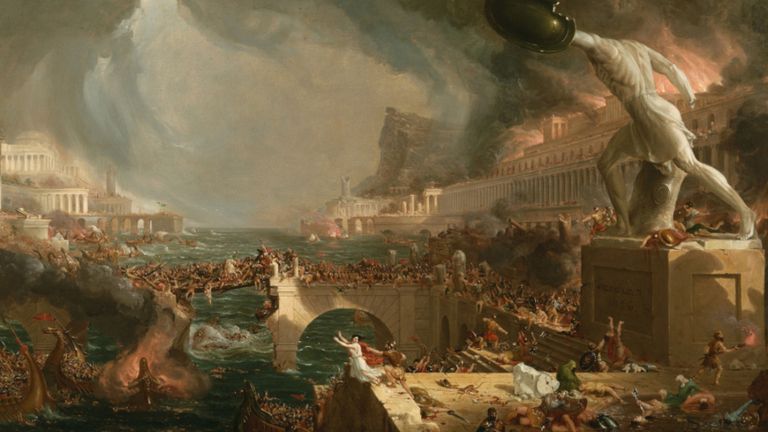Magnificent Historical Cities That Were Brought Down By Catastrophe
Throughout human history, many cities have risen to power and prominence. Some of these places are still thriving today, but others are long-forgotten, simply a distant memory or a legendary tale. What happened to these once-powerful civilizations? Some swallowed up by the ocean and only rediscovered by archaeologists centuries later, others ravaged at the hands of war; here we explore the tales of amazing ancient cities brought to their knees by disaster, whether man-made or natural in origin.
1. Jericho
There are few walled cities more famous in Western culture than Jericho. After all, in the Bible, this was the city that God helped the Israelites destroy and plunder. Leader Joshua subsequently proclaimed, “Cursed before the Lord is the one who undertakes to rebuild this city.”
In reality, the city really was one of the oldest settlements ever documented, and it was the first city to build a wall around itself. Yet many scholars take the Bible’s tale of its fall with a pinch of salt.
What if the walls weren’t built for protection?
Today, Jericho is known as Tell es-Sultan — which translates as “Hill of the Sultan” — and it is located in the West Bank in Palestine. Interestingly, archaeologists and historians haven’t found any true evidence of conflict in the area during the Biblical period.
This has led to the theory that the famed walls weren’t actually built to keep enemies out. Instead, as anthropologist Ofer Bar-Yose suggested in the ‘80s, the walls and towers may have been built as a temple, which would have been inviting newcomers in.
2. Troy
If Troy is mentioned, most people today will think of Homer’s epic poem the Iliad, which tells the tale of the Trojan War. Either that or they’ll picture a young Brad Pitt! Interestingly, though, to this day no one really knows if the Trojan War actually took place, or if the poem — published centuries after the fact — was an exercise in glorious mythmaking.
Some historians believe Homer’s work was at least based on a modicum of truth, as there is historical evidence that the city was attacked around this period. Either way, the once-magnificent city of Troy no longer exists.
Was it actually a Turkish city?
Roughly 2,700 years ago, when Greece was colonizing Turkey, its scholars came to the belief that the city of Hisarlik was actually the real-life Troy. Then, in the 1800s, Heinrich Schliemann excavated parts of the city and found items that he claimed had belonged to Troy’s King Priam.
Archaeologists believe the city was consistently razed to the ground and then rebuilt over a period of 4,000 years, with Dutch researcher Gert Jan van Wijngaarden writing, “There is no one single Troy; there are at least ten, lying in layers on top of each other.”

